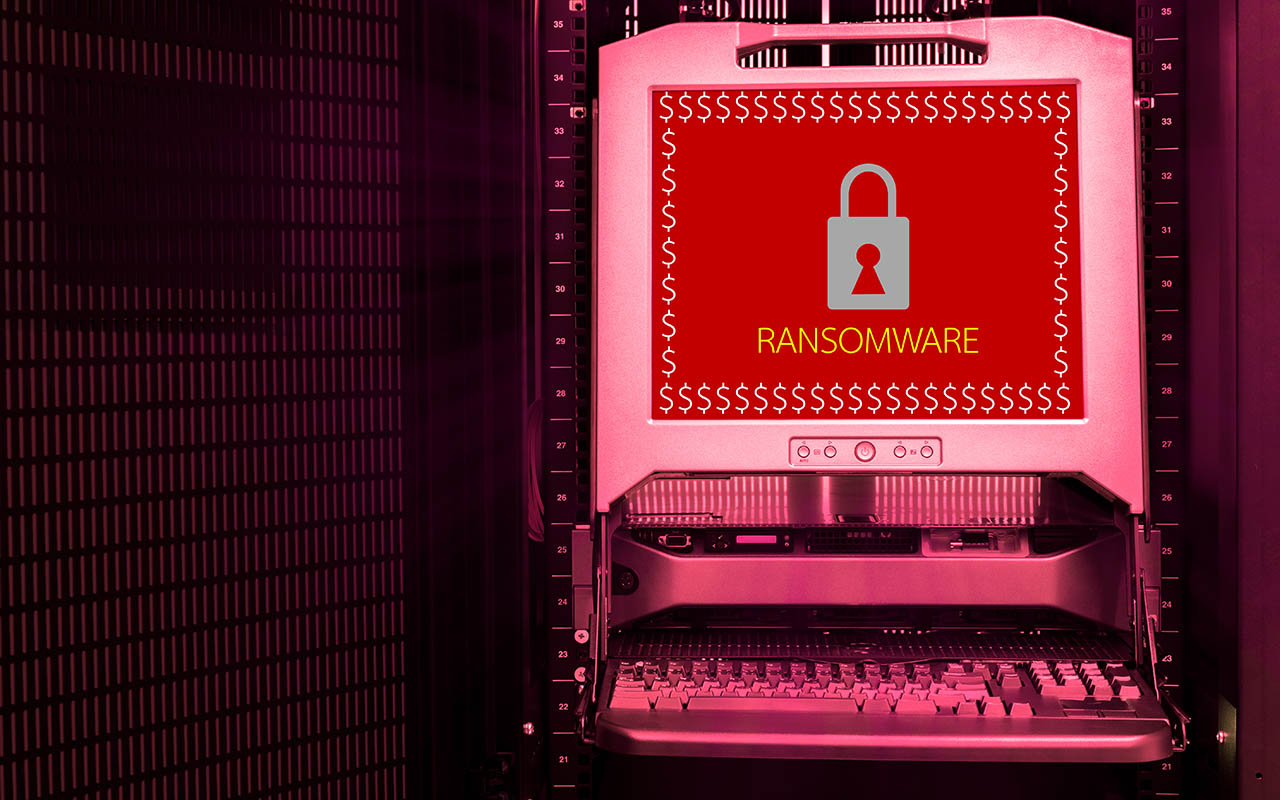**Meta Description:** Uncover the advanced tactics of the Morphing Meerkat phishing kit targeting over 100 brands, exploiting DNS MX records, with expert security insights.
Exploring the “Morphing Meerkat” Phishing Phenomenon
An innovative phishing kit known as “Morphing Meerkat” has dynamically targeted more than 100 popular brands utilizing DNS mail exchange (MX) records, deceptively mimicking legitimate login pages. Its ability to adapt and present fraudulent pages based on the victim’s language and location dramatically enhances its deception.
Sophisticated Campaign Tactics
The threat developers exploit vulnerabilities in adtech infrastructure and compromised domain names to disseminate phishing attempts, with a detailed strategy to distribute stolen credentials via platforms such as Telegram. Research shared by Infoblox highlights that this could be part of a larger, managed phishing-as-a-service (PHaaS) operation, seeing significant evolutionary strides since its first appearance in January 2020.
Evolution of Phishing Attacks
Initially targeting major email providers, the “Morphing Meerkat” has now expanded its fraudulent repertoire to mimic 114 brand interfaces. Researchers emphasize that the newer versions of this kit can automatically translate phishing content to target a global, multilingual user base.
Expert Insights on Phishing Trends
Roger Grimes of KnowBe4 notes the critical nature of MX record manipulation in phishing schemes, stressing the necessity for regular and extensive phishing awareness training across organizations. Meanwhile, Heath Renfrow from Fenix24 outlines a multi-faceted stealth approach used by threat actors, which cleverly manipulates DNS systems to evade traditional security measures. Renfrow underscores the calculated abuse of internet trust protocols, raising significant challenges for cyber defenders.
Defense Strategies Against DNS Phishing
Top Recommendations from Cybersecurity Experts
- Conduct Deep DNS Logging and Analysis: A vigilant monitoring of DNS requests can reveal abnormal MX record configurations and unexpected domain resolutions.
- Monitor the Company’s Brand: Proactively watching for brand impersonation, including unexpected uses of MX records, is essential for maintaining integrity.
- Deploy Zero-Trust Email and Web Gateways: Utilizing comprehensive inspection and filtering tools can protect against sophisticated phishing mechanisms.
- Offer User Awareness Training: Continuous, updated user training programs simulate real-life phishing scenarios, enhancing overall security posture.
- Practice DMARC, DKIM, and SPF Enforcement: Implementing strict email authentication measures helps mitigate the risk of phishing emails reaching users.
This layered approach combines technological defenses with educated user responses to counter the complex, evolving landscape of phishing attacks efficiently.
Related: Earn Up to $100,000: OpenAI Majorly Boosts Bounty Rewards for Reporting Security Flaws
Last Updated: March 28, 2025




